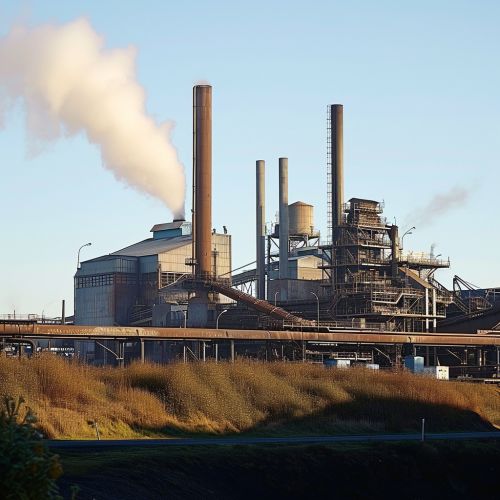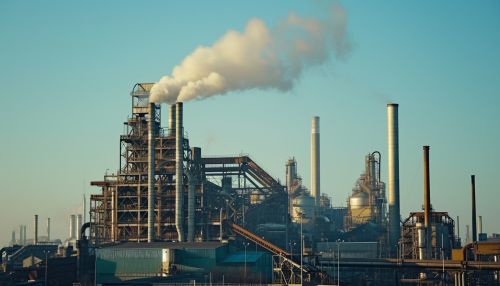Second Five Year Plan
Introduction
The Second Five Year Plan was a series of economic goals and initiatives that were implemented in the Soviet Union from 1933 to 1938. The plan was the second of a series of five-year plans that were designed to industrialize the Soviet Union rapidly and to increase production in all sectors of the economy. The Second Five Year Plan was particularly focused on heavy industry and infrastructure, with significant investments in steel production, coal mining, and transportation networks.
Background
The Second Five Year Plan was implemented in the context of the Soviet Union's broader economic and political strategy. The first Five Year Plan had been launched in 1928, with the goal of transforming the Soviet Union from a predominantly agrarian society into a modern industrial power. The first plan had achieved significant results, including a rapid increase in industrial production and the construction of new factories and infrastructure. However, it had also been marked by significant challenges, including widespread shortages of consumer goods, and a series of famines that had resulted in the deaths of millions of people.
Goals of the Second Five Year Plan
The Second Five Year Plan aimed to build on the successes of the first plan and to address some of its shortcomings. The plan set ambitious targets for the growth of heavy industry, including a doubling of steel production and a tripling of coal production. It also aimed to improve the Soviet Union's transportation infrastructure, with a focus on the expansion of the railway network and the construction of new ports and canals.


Implementation
The implementation of the Second Five Year Plan was overseen by the State Planning Committee, which was responsible for setting production targets and coordinating the activities of different sectors of the economy. The plan was implemented through a series of annual plans, which set specific targets for each year and outlined the measures that would be taken to achieve them.
Impact
The Second Five Year Plan had a significant impact on the Soviet economy. Industrial production increased dramatically, with the targets for steel and coal production largely met. The plan also led to significant improvements in the Soviet Union's transportation infrastructure, with the construction of new railways, ports, and canals.
However, the plan also had significant drawbacks. The focus on heavy industry led to a neglect of consumer goods industries, resulting in widespread shortages of basic goods. The plan also led to a significant increase in the use of forced labor, with millions of people sent to work in labor camps.
Legacy
The Second Five Year Plan is widely regarded as a key period in the history of the Soviet Union. It marked a significant step in the country's industrialization process and laid the groundwork for the Soviet Union's emergence as a global superpower in the years following World War II. However, the plan's legacy is also marked by its human cost, including widespread deprivation and the use of forced labor.
